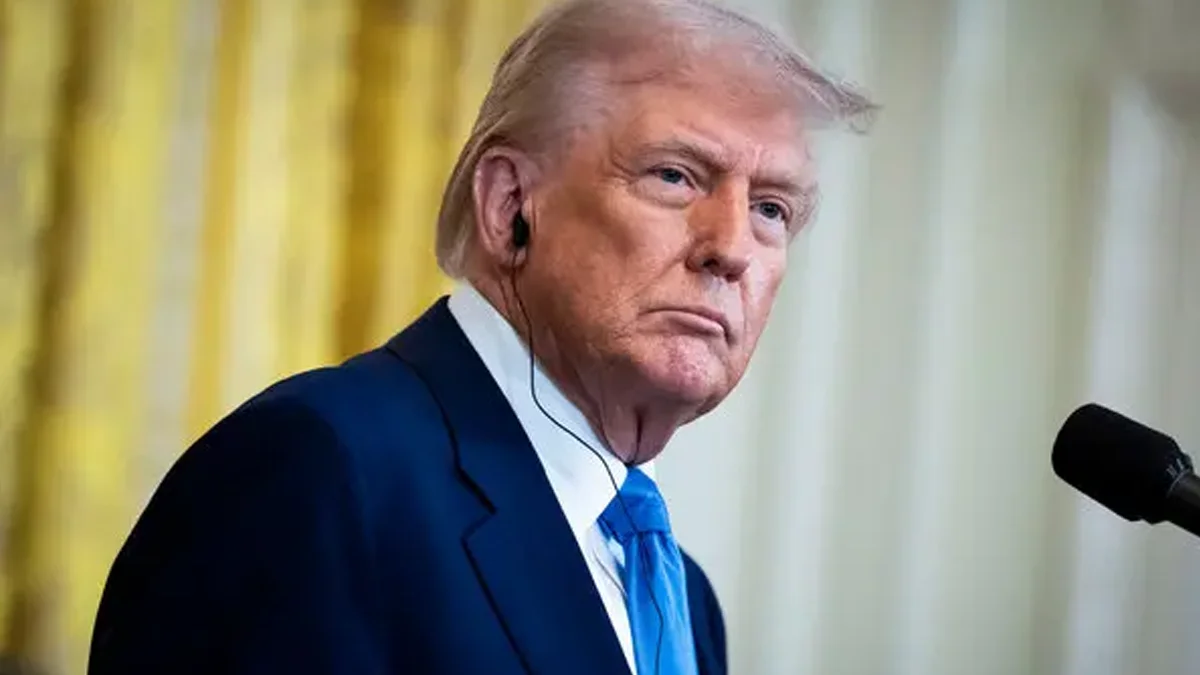Necessary Always Active
Necessary cookies are required to enable the basic features of this site, such as providing secure log-in or adjusting your consent preferences. These cookies do not store any personally identifiable data.
|
||||||
|
||||||
|
||||||
|

India is among the few countries that are working on reducing tariffs and winning US President Donald Trump over, Reuters reported. Trump has called India a ‘tariff abuser’ and a ‘tariff king’, and has sworn to reciprocate.
The two countries have commenced India US tariff talks with the aim of reaching a trade deal that resolves their tariff standoff.
Trade settlements between India and the US appear to be taking shape following talks between Indian Prime Minister Narendra Modi and President Trump at the White House.
Earlier this week, India said it was open to reducing tariffs on over 50% of US imports valued at $23 billion.
As part of improving India US trade relations, New Delhi has committed to increase energy purchases from the North American country from $15 billion last year to $25 billion. The US says it will pave the way for the supply of F-35 stealth fighters to the South Asia country.
India is keen on increasing purchase of US defence equipment and making the country its top oil and gas supplier.
The trade settlement includes scrapping of a 6% tax on online digital ads by India starting April 1. By dropping this tax, India will be reducing costs for US big techs like Meta, Google, and Amazon. India has also reduced levies on bourbon whisky by 50%, from 150% to 100%. Trump had termed these levies as unfair. American brands that are likely to benefit from this tariff reduction include Suntory’s Jim Beam.
As the trade talks continue, India has made additional concessions that involve reducing customs duties. In its February budget, the Asian country reduced customs levies on a wide range of items including luxury vehicles, machinery, and solar cells.
The company reduced peak import tariffs on these products from 150% to 70%. It also reduced the average tariffs from 13% to less than 11%. The ongoing trade talks will most likely touch on Elon Musk’s Starlink operation in India. Starlink has partnered with some of the largest telcos in the country to provide satellite broadband internet service.
Negotiations with these companies are at advanced stages, and Starlink is getting close to receiving regulatory approvals from the government of India. This approval will be critical in opening up emerging markets for Starlink. It will also enhance the company’s plan to acquire a million subscribers per year.
The road towards strengthening economic ties between India and the US has not been easy. India has been taking action to win over Trump since February of this year. In the ongoing trade talks, negotiators from the South Asia country have actively sought information on implementation of reciprocal Trump tariffs that the US plans to commence on April 2.
However, US negotiators have been fixated on discussing the scope of US import-export policies with India. They have revealed very little about the reciprocal tariffs that India is seeking to avoid.
“The Indian side has sought details on the implementation plans for reciprocal tariffs, as there is a lack of clarity on whether the new tariffs will be applied sector-wise or at a national level. But US counterparts that include political appointees, have not shared any details. Talks are currently focused on the language of the terms of reference (ToR), which define the scope of the trade deal. This has created a sense that the April 2 tariffs will take effect and be used to pressure India into signing the goods agreement early,” A Government Official from India said.
Trade officials from India are concerned that the US could leverage these tariffs to push for early conclusion of the deal in sectors where the Asian country has sought wide market access like agriculture and automobiles. On March 26, President Trump announced a 25% tariff on automobiles and auto parts starting April 3. These tariffs created growth uncertainty in India’s automobile sector which exports close to $7 billion worth of goods to the North American market.